15 Seasonal Ingredients to Cook With in November
November brings cozy flavors and fresh seasonal ingredients to the table. It’s the time when hearty vegetables, sweet fruits, and fragrant herbs fill kitchens with warmth. From earthy roots to crisp greens, each ingredient adds comfort to fall cooking. These are some of the best ingredients to use this month for simple, flavorful meals.
This post may contain affiliate links, which helps keep this content free. Please read our disclosure for more info.
Butternut Squash

This smooth, golden squash is a favorite in November for its sweet and nutty taste. It roasts beautifully, turning caramelized and tender with a buttery texture that works well in soups, risottos, and side dishes. The natural sweetness pairs perfectly with spices like cinnamon and nutmeg, bringing warmth to any meal. Its creamy consistency makes it ideal for purees or even pasta sauces.
It’s easy to prepare, whether you roast chunks for salads or mash it for a simple side. Butternut squash is packed with vitamin A and fiber, so it’s as nourishing as it is comforting. Try blending it into a soup with a touch of cream or coconut milk for extra richness. You can even toss roasted cubes with sage and brown butter for a quick fall favorite.
Sweet Potatoes
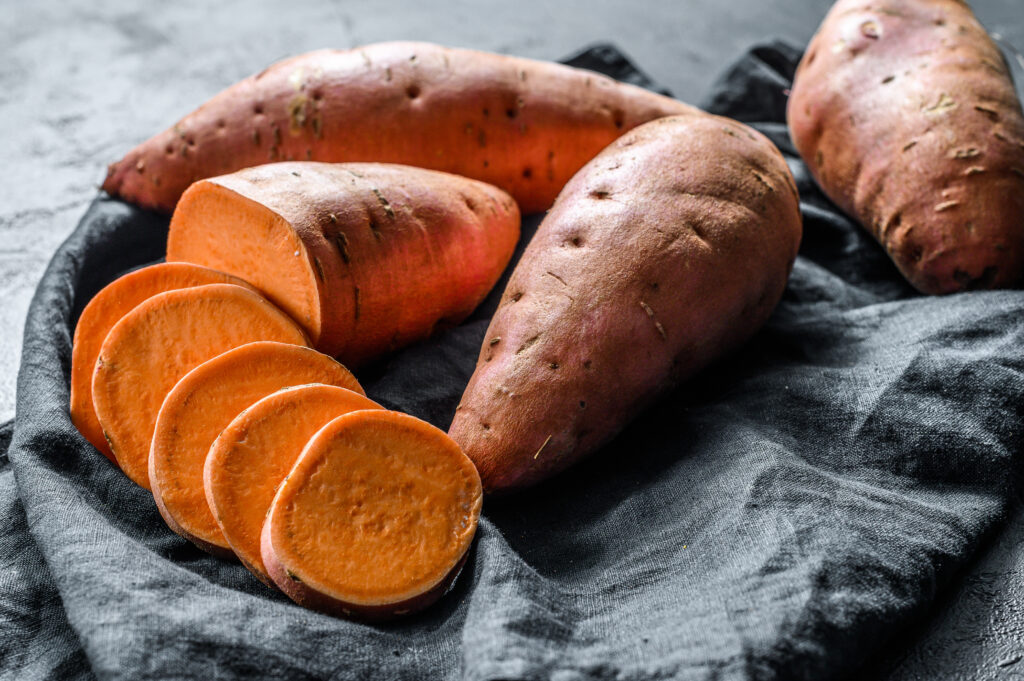
Sweet potatoes add a touch of natural sweetness to savory and sweet recipes alike. Their deep orange color signals a good source of beta carotene, which turns into vitamin A in your body. When baked, they become soft and caramelized inside, perfect for mashing or topping with marshmallows for a holiday treat. Roasted wedges seasoned with paprika or thyme make a cozy side dish for any dinner.
These potatoes work just as well in breakfast recipes as they do in dinner menus. You can cube and sauté them with onions for a breakfast hash or blend them into creamy soups. Their hearty flavor pairs beautifully with cinnamon, nutmeg, and maple syrup. For a fun twist, try making sweet potato fries and serve them with a yogurt dipping sauce.
Brussels Sprouts
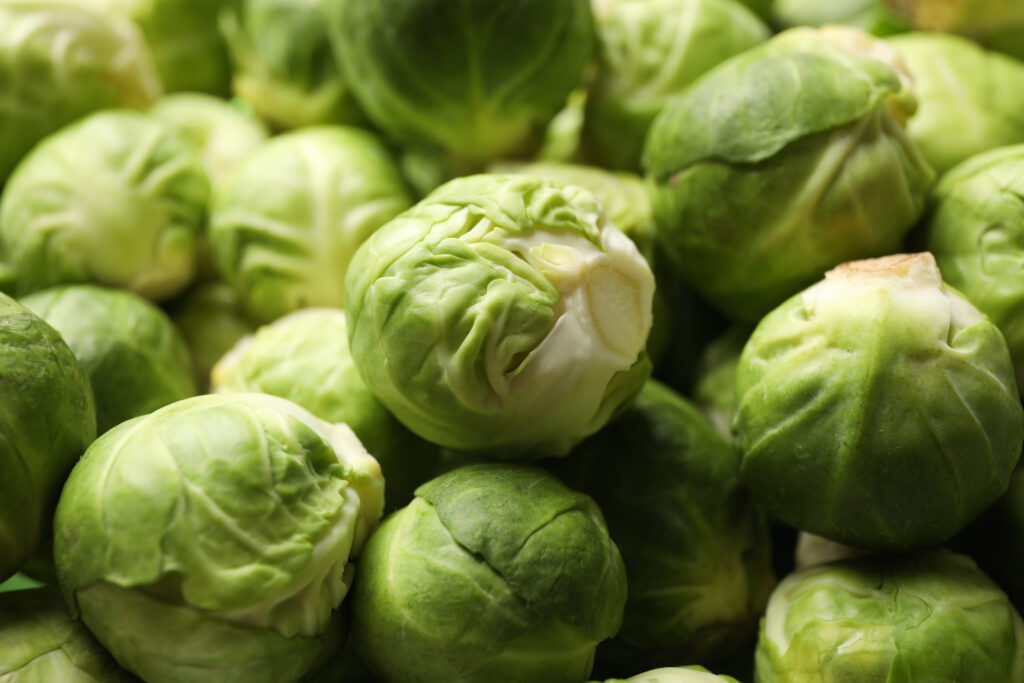
Brussels sprouts have a reputation for being divisive, yet when cooked the right way, they taste incredible. Roasting brings out their natural sweetness while leaving a crispy outer layer that even picky eaters enjoy. These small green cabbages soak up flavors from olive oil, balsamic vinegar, and herbs. They make a flavorful side dish or a hearty salad base when shaved thin.
They’re packed with nutrients like vitamin C and fiber, making them a wholesome seasonal choice. You can pan-fry them with bacon for a savory touch or mix them with cranberries and walnuts for something fresh. A little lemon zest adds brightness and balances their earthy flavor. When roasted until golden, they taste rich and nutty, perfect for fall meals.
Cranberries
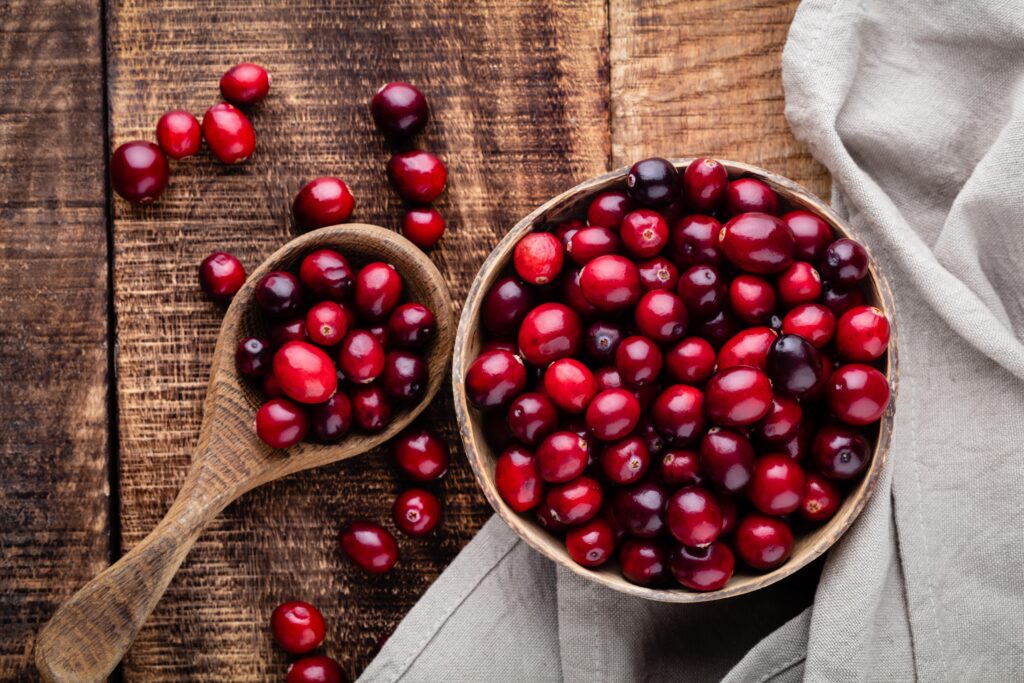
Tart and vibrant, cranberries add a pop of color and flavor to November dishes. Their bright red hue stands out on the table, whether in sauces, salads, or baked goods. They bring a refreshing tartness that cuts through rich foods like turkey or pork. Fresh or dried, they add texture and brightness to any dish.
Cranberries are naturally high in antioxidants and vitamin C. Simmer them with orange juice and sugar for a simple homemade sauce, or bake them into muffins for a sweet-tart treat. They also make great toppings for oatmeal or yogurt. If you prefer something savory, try a cranberry glaze for roasted meats.
Pumpkin

Pumpkin isn’t just for pies—it’s a versatile ingredient that works in both sweet and savory meals. Its smooth texture blends well into soups, breads, and pasta sauces. The natural sweetness pairs with warm spices like cinnamon, ginger, and clove. Pumpkin puree adds moisture to baked goods and depth to sauces.
Fresh pumpkin can be roasted, mashed, or pureed, giving it a hearty texture that fills the kitchen with a comforting aroma. It’s rich in vitamins A and C, making it both tasty and healthy. Try making pumpkin chili or pancakes for a seasonal twist. Even roasted pumpkin seeds make a crunchy snack to enjoy on chilly afternoons.
Kale

This dark leafy green thrives in cooler weather, making November its peak season. Kale adds an earthy flavor and chewy texture to soups, pastas, and salads. It holds up well when sautéed or roasted, unlike many other greens. A drizzle of olive oil and a sprinkle of salt can make it crisp and flavorful.
It’s rich in vitamins K and C and a good source of iron. Massage raw kale with lemon juice to soften it for salads or toss it into a stew for added heartiness. You can even bake it into chips for a healthy snack. Its versatility makes it a staple during late fall cooking.
Parsnips

Parsnips look like pale carrots but taste sweeter and more complex. When roasted, they develop a honey-like flavor with a hint of spice. They’re excellent for mashing, pureeing, or tossing into stews. Their firm texture holds up beautifully in soups and oven dishes.
These root vegetables are rich in fiber and vitamin C. You can roast them with olive oil and herbs for a simple side or mash them with butter for a twist on mashed potatoes. They also add depth to creamy soups. For something cozy, try blending roasted parsnips with garlic and thyme for a comforting purée.
Apples

November apples are crisp, juicy, and packed with flavor. Whether you choose tart Granny Smiths or sweet Honeycrisps, they shine in pies, sauces, or roasted dishes. Their natural sweetness pairs beautifully with cinnamon and nutmeg. Apples can balance savory recipes too, especially in pork or chicken dishes.
They’re rich in fiber and antioxidants, making them a healthy ingredient to use often. Try baking them with a sprinkle of sugar and oats for a quick dessert. You can also dice them into salads for crunch or simmer them into homemade applesauce. Their versatility makes them a true autumn staple.
Pears
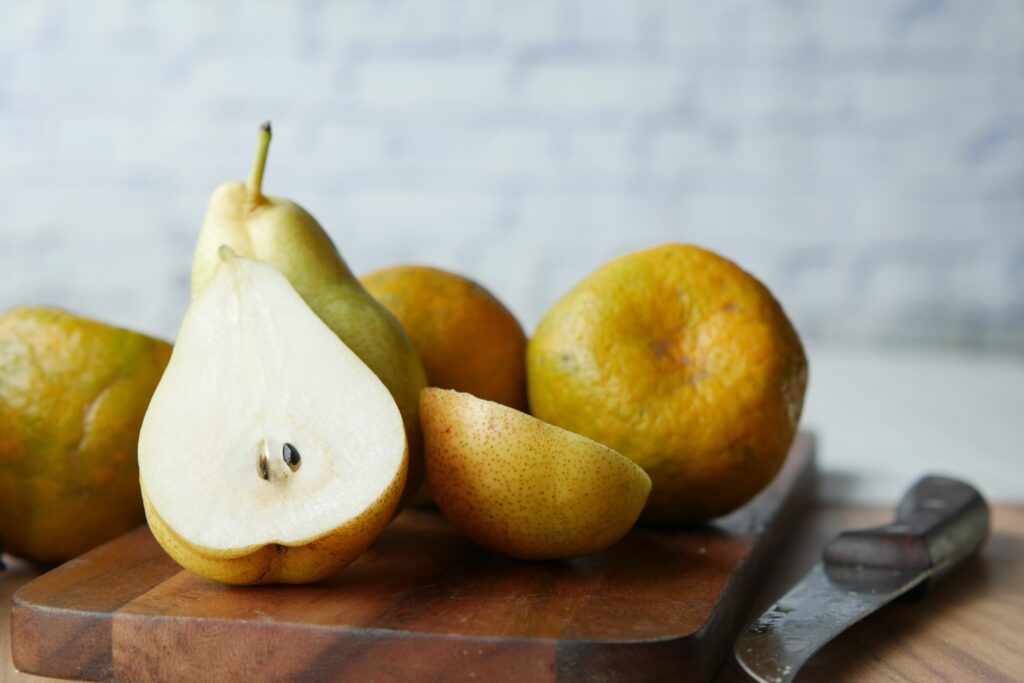
Soft, fragrant pears bring a delicate sweetness to November meals. When ripe, they have a buttery texture that melts in the mouth. They pair perfectly with cheeses, nuts, and honey for elegant appetizers. Poached pears with spices make an easy dessert that feels special.
They’re full of fiber and vitamin C, making them a wholesome fruit to enjoy often. Slice them into oatmeal or bake them into tarts for a cozy breakfast. Roasted pears add sweetness to savory dishes like pork or squash. Their mild flavor makes them blend well with a variety of fall spices.
Chestnuts

Chestnuts are a classic fall treat that fills kitchens with their warm, nutty aroma. When roasted, they develop a soft, almost buttery texture. Their mild sweetness complements savory ingredients like mushrooms or Brussels sprouts. They also add richness to stuffings and soups.
These nuts are low in fat and a good source of vitamin C. You can roast them in the oven or boil them before peeling for easier prep. Mix chopped chestnuts into mashed potatoes or risotto for an earthy flavor. Their cozy scent instantly brings a holiday feeling to any kitchen.
Cauliflower
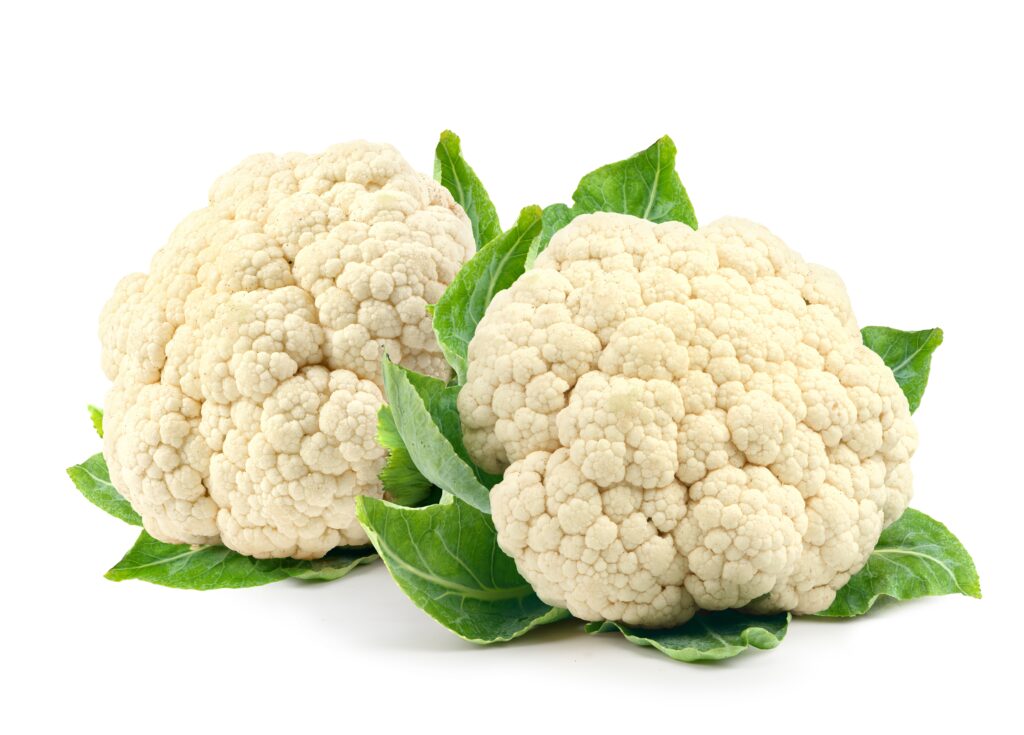
Cauliflower is a versatile vegetable that takes on flavors easily. When roasted, it becomes tender and slightly sweet with crisp edges. It works well as a base for creamy soups or as a low-carb alternative in rice and mash recipes. Its neutral flavor makes it easy to pair with spices or herbs.
It’s packed with vitamin C and fiber, making it a healthy addition to fall meals. You can roast florets with garlic and paprika for a simple side. Pureed cauliflower creates a smooth, comforting soup. For something hearty, try tossing it with cheese and baking it into a gratin.
Leeks
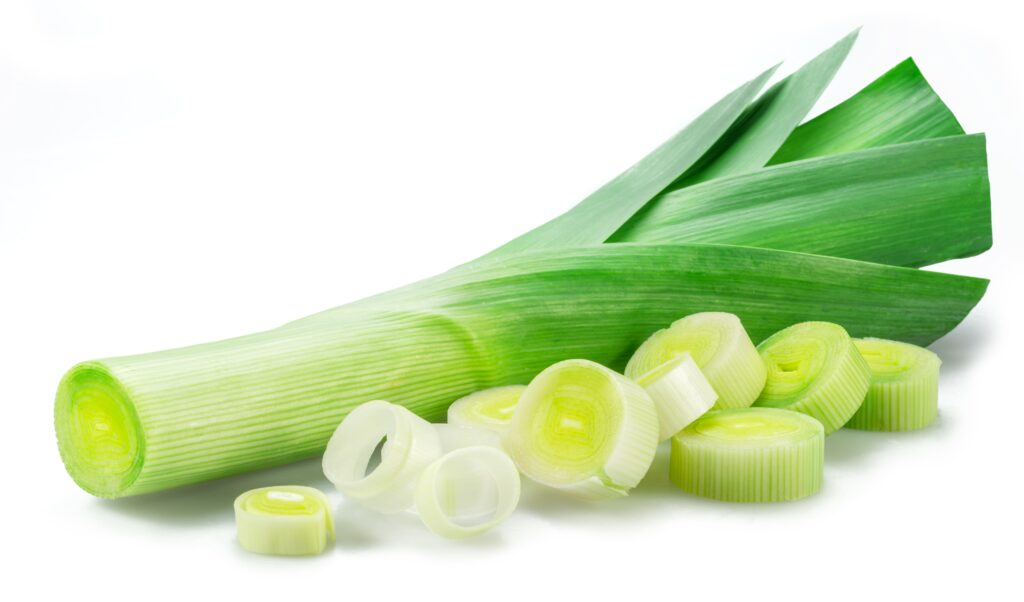
Leeks offer a mild onion-like flavor that adds depth without overpowering dishes. Their sweet, gentle taste makes them perfect for soups, quiches, and savory pies. When sautéed in butter, they turn silky and tender. They pair beautifully with potatoes and cream.
They’re full of antioxidants and vitamins, making them as nutritious as they are tasty. You can slice them thin for stews or roast them whole for a caramelized side dish. Try adding leeks to frittatas or pasta for subtle flavor. Their aroma brings warmth to any cool-weather meal.
Pomegranates

Pomegranates bring a burst of color and crunch to November recipes. Their ruby-red seeds, called arils, add both tartness and sweetness to salads and desserts. The juice can be used for marinades, glazes, or cocktails. Each spoonful feels refreshing and bright.
They’re rich in antioxidants and vitamin C, making them a nutritious seasonal fruit. Sprinkle the seeds over yogurt or oatmeal for texture. They also complement savory dishes like roasted meats or grain bowls. Their jewel-like color makes any plate look festive.
Turnips

Turnips add an earthy flavor and subtle spice to fall cooking. When roasted, they become tender and slightly sweet. They’re perfect in soups, stews, or mashed with butter. Smaller ones have a milder taste that blends easily with other vegetables.
These root vegetables are low in calories and high in nutrients like vitamin C and potassium. You can sauté them with herbs or mix them into casseroles. Roasted turnips pair nicely with honey or balsamic glaze. They’re a simple way to bring warmth and comfort to cold-weather meals.
Sage
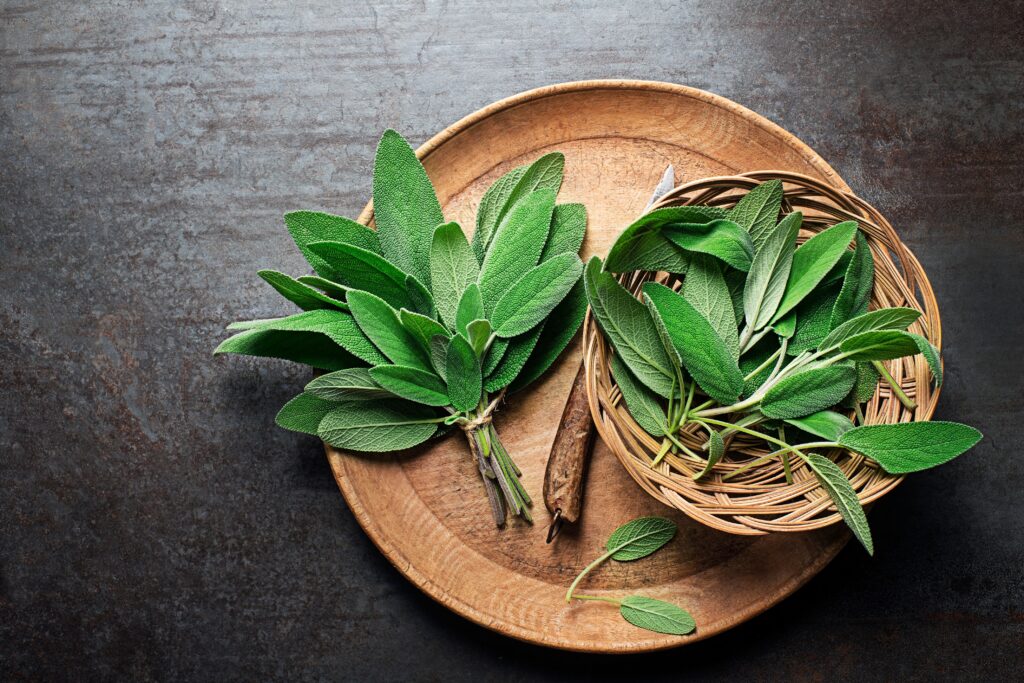
Sage has a woodsy aroma and soft, fuzzy leaves that bring depth to fall dishes. It pairs beautifully with poultry, squash, and brown butter sauces. Just a few leaves can add richness and aroma to a recipe. The flavor becomes mellow and nutty when fried or sautéed.
This herb has long been used in stuffing, stews, and savory breads. Try crisping the leaves in butter for a fragrant topping on pasta or potatoes. Sage also blends well with lemon and garlic for roast chicken. Its scent instantly gives any dish that unmistakable taste of November.
This article originally appeared on Avocadu.
